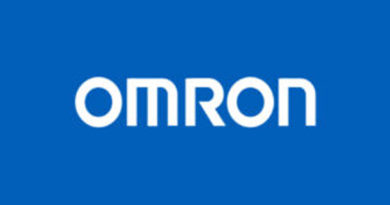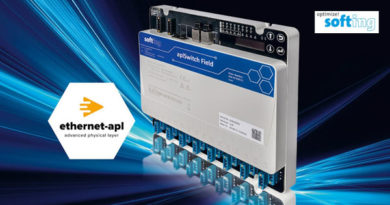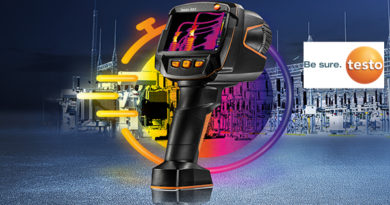Implementing Industrie 4.0 business models through SOM technology


SOMs are board-level circuits that integrate a system function in a single module. When embedded in devices or equipment, the equipment is integrated with the functions built into the SOM. In component manufacturing facilities, SOM technologies can be integrated into devices such as material handling equipment and assembly tools.
Once the SOM is embedded, the equipment integrates the specific function that was programmed into the module. This function could be increased speed, communication features, data acquisition, or timing capabilities. The typical SOM used in Industrie 4.0 consists of a microcontroller, memory blocks, industry-standard communication protocols, and power management components.
Embedding SOM technology solutions in a piece of equipment such as a material handling device gives the equipment the ability to collect or produce data. For example, if the nanoSOM nS02 is embedded into a cart, pallet or vehicle, the material handling solution can then be programmed to exhibit certain functions. The SOM-embedded equipment can thus be plugged into an interconnected network of shop-floor devices that drives automation. This example highlights how SOM technologies can be used to implement data-driven inventory optimization models in component-manufacturing shop floors.
In this situation, the benefits of embedding SOM technologies in component manufacturing equipment include:
Automating shop floor processes – Equipment in an interconnected system or network can communicate with the central relationship management platform. This creates the opportunity to automate equipment performance on the shop floor.
Machine monitoring and control – In this scenario, an SOM embedded into machines will serve as a programmable logic controller that can communicate at the I/O level. Within this context, the machine can be monitored and controlled in different ways. An example is the maintenance of fluid flow rates in lathes. In the end, product quality will be increased and production resources will be better managed.
Implementing SOM technologies in manufactured components
Smart products have gathered immense momentum in recent times. For example, the smart-home market alone is expected to reach $151 billion by 2024. The smart-home market consists of smart lighting, HVAC systems, home appliances, and even doorbells. Many of these products are part of the innovative solutions produced by component manufacturers. These innovative strides have been made possible by the integration of embedded devices and SOM technology in traditional products.
For component manufacturers who intend to develop tools, sensors, actuators, and other electrical components used in manufacturing facilities, embracing SOM technology is a way to get started. If successfully done, these products can be integrated into industrial cloud platforms and networks in smart facilities. Although they may not be full-scale IIoT devices, they can handle data acquisition tasks and communication protocols with ease. Thus, a pathway is created for the integration of Industrie 4.0 business models with the purchase of SOM-embedded products.
An example of this is the integration of an SOM in traditional fuel control or fluid control valves that are controlled by fluid pressure. The integration of embedded SOM technologies into control valves, creates a smart valve controlled by data from a facility’s central industrial cloud platforms. This makes for a more efficient control process that relies on data instead of excess fluid pressure. The benefits component manufacturers stand to gain include the following:
Engineering more efficient components – The integration of SOM in components during manufacturing creates an avenue for developing products that can work with data. These products will be able to produce and collect data, as well as communicate with factory networks, thereby bringing Industrie 4.0 to diverse industries.
Developing smart products without a complete overhaul – Component manufacturers can take advantage of SOM technology to integrate functions into legacy products without having to do a complete redesign of the product. This helps manufacturers develop embedded devices at cheaper costs and go to market quickly.
Increasing computing powers of older products – Component manufacturers can increase the computing powers and communication abilities of legacy products using SOM technology. Like the previous benefit, capacity is increased without having to break the bank or develop completely new designs.
Getting ready for the future
Industrie 4.0 is the future of component manufacturing and industrial operations, and its benefits are many. Industrie 4.0 provides component manufacturers with the opportunity to optimize workforce performance and develop smarter products within a limited budget. This is made possible by the integration of embedded SOM technologies into products and manufacturing processes. Also, the ability of component manufacturers to penetrate future markets and maintain market shares will depend on their ability to develop products capable of functioning in an Industrie 4.0-driven world.
Exor India P.Ltd.
Office No.1901/02, 19th Ambience Court,
Plot No.02, Sector No. 19D, Vashi,
Navi Mumbai -400705, India.
Tel: +91 2227840422
Email: sales.in@exorint.com
support.in@exorint.com
www.exorint.com



